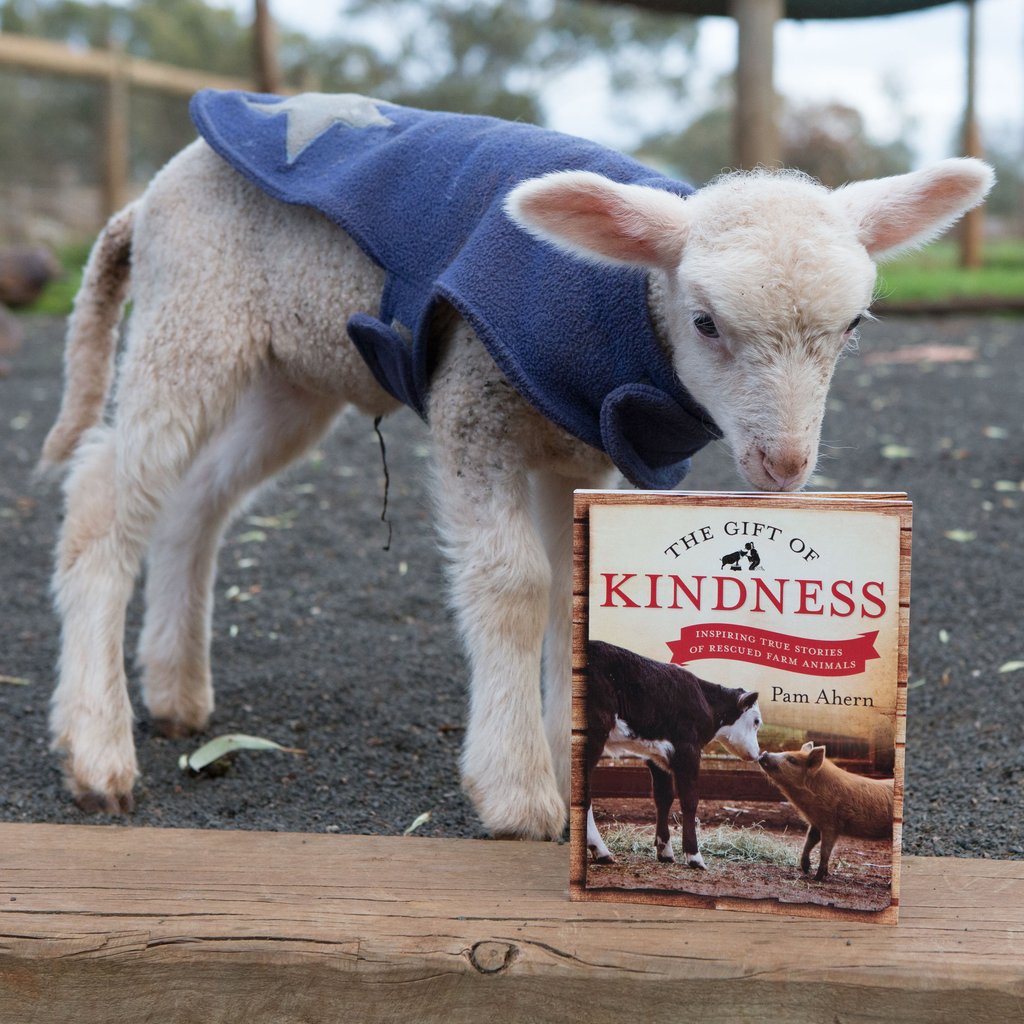
Reducing Impact
Our Merchandise
We use OCC Apparel clothing because it is made from organic cotton and printed with water-based inks in their ethically accredited, carbon-neutral factory. Greeting cards are made from recycled paper and printed with vegetable inks using solar power. Keep cups help reduce single-use plastic waste that harms wildlife. Even our plush toys are made from recycled water bottles!

Once Just a Paddock…
Landscape architect Darrel Wade tells the story of how Edgar’s Mission’s Duck Pond turned into a paradise not only for our rescued ducks and geese, but also for native insects and birdlife.
“It started with an idea to have a pond in a paddock for the ducks and geese. The idea grew from one pond to two. Once the ponds were installed complete with waterfall, someone said, “Wouldn’t it be nice to have some frogs and fish and tortoises?” The idea had snowballed.
Works began in and around the ponds. Rocks were brought in and placed in the ponds to serve as areas for frogs and tortoises to bathe in the sun on a rock, or, for aquatic life like fish, beetles, dragonfly larvae and tadpoles to hide and grow. Aquatic plants were placed in the ponds to help keep the water healthy and also to provide food and shelter.
The ponds would provide year round water for the ducks and geese and also for many native birds and animals that share the area. The area around the ponds were landscaped to give a more natural feel to the ponds and become more inviting. Groundcover plants like the Happy Wanderer or strappy plants like Dianella were planted around and close to rocks for smaller creatures to live and hide like lizards. Flowering plants like Bracteantha bracteata would attract bees and butterflies which in turn would attract birds.
Smaller birds would need something to make them safe. Thick bushes with prickles and thorns such as Grevillea rosemarinifolia and Acacia paradoxa were planted to give the small birds a place to bolt to should danger appear. Raised garden beds were installed around the ponds. These also had the thick and bushy shrubs with thorns and prickles. But more was needed.
In the raised garden beds were trees like the Blackwood Wattle and Peppermint Eucalypt that in time will grow and provide flowers for nectar feeders or seeds and seed pods for seed eating animals. The other great result for having trees was to provide shade for the animals and even protection for the smaller shrubs and grasses like Kangaroo Grass that grow around their base.
The raised garden beds have ground covering, low growing, medium growing and tall growing plants. With this design the garden beds will act as wind breaks, provide security and privacy, provide food and finally homes for the native and domestic creatures alike. Although, it will take a good fifty years before the trees are mature enough to provide a home for parrots and possums.
To think it was once just a paddock.”